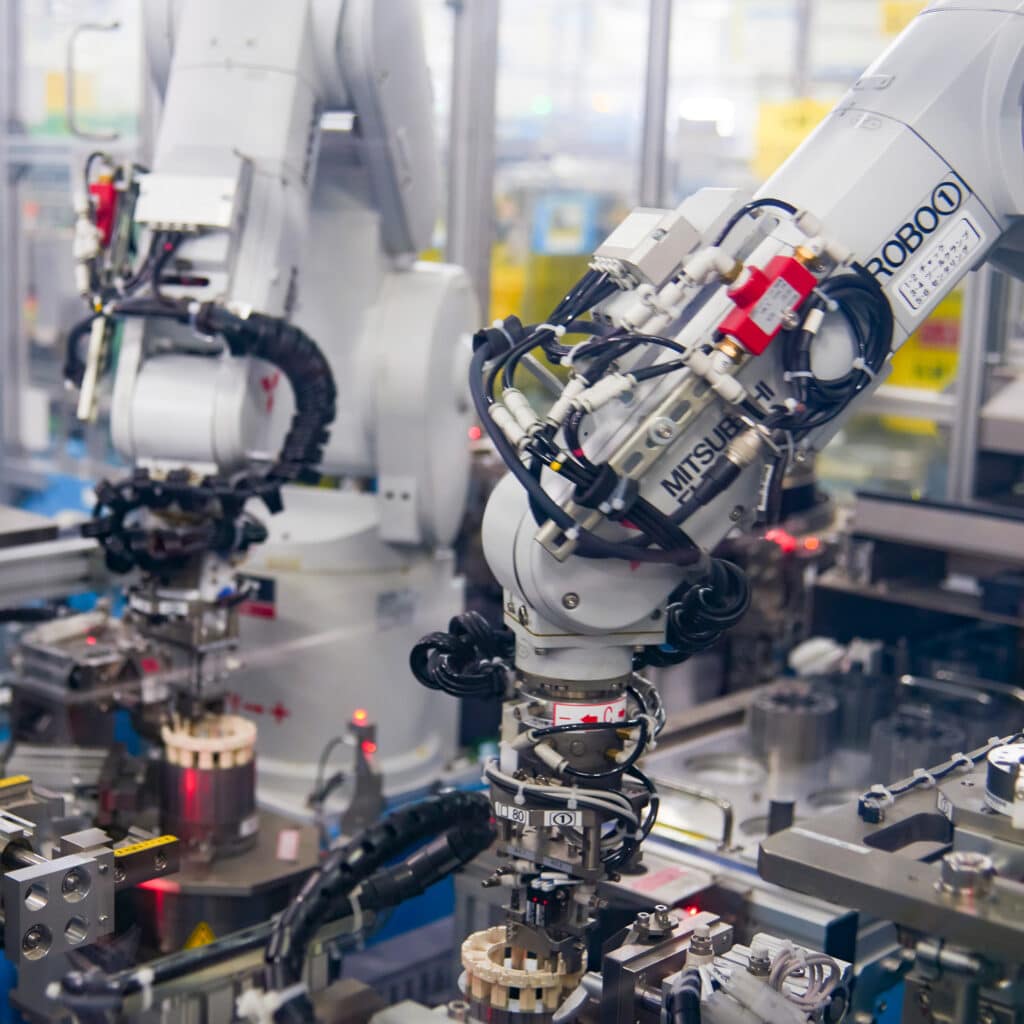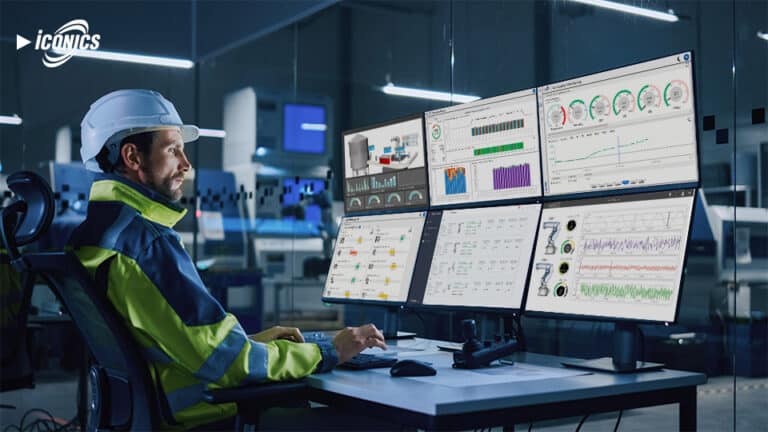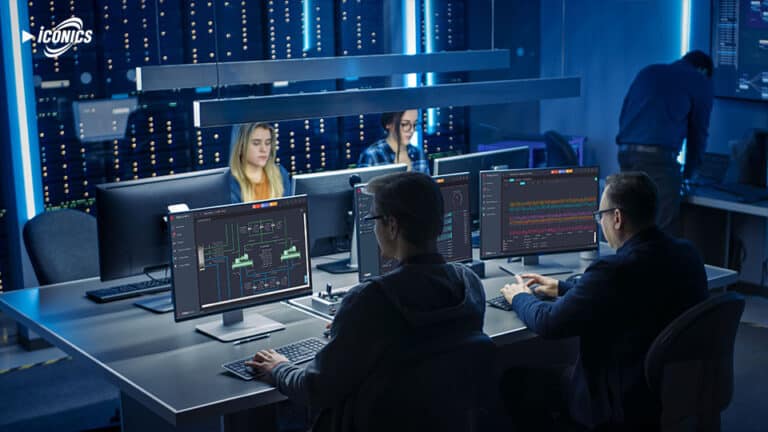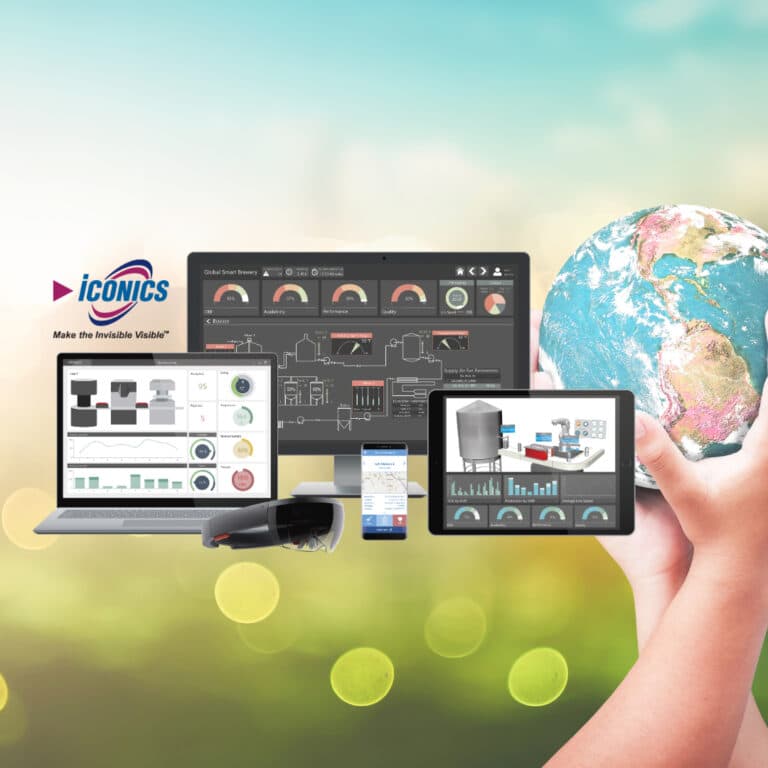Almost every day the media reports on prominent business people, government representatives or politicians who have highlighted the urgent need for Australia to achieve ‘productivity improvements’, including to maintain and enhance our quality of life. This is critical in a world of ever-changing demands, an ageing workforce and fluctuating labour availability, where the pressure to improve performance and enhance responsiveness to shifting needs has never been greater. Yet improvements in productivity continue to be elusive for many businesses.
One solution for manufacturers lies in the seamless integration of robotics to optimise performance, increase efficiency, and ensure top-notch productivity. As robotic technology continues to evolve and seamlessly integrate with control systems, both electrically and mechanically, the cost of adoption decreases. This reduction in pricing, combined with simplified programming, revolutionises the design, operation, and maintenance of robotic systems.
Mitsubishi Electric, a frontrunner in automation technology, champions the idea of affordability without compromising on quality and is advancing the transformative approach of integrated robotics. Some of the productivity enhancing benefits are outlined below.
Streamlined Communications and Enhanced Coordination
The integration of information transfers and controlled machine behaviour is paramount to manufacturers achieving increased productivity and managing fluctuations in labour and demand. Direct communication between controllers and logistics or warehouse systems plays a pivotal role in ongoing optimisation efforts and the pursuit of maximum efficiency.
By integrating robots into the system, speed and coordination are significantly improved, minimising the need for constant operator intervention and extensive training. For example, the immediate reporting of maintenance needs ensures swift scheduling of necessary downtime, preventing production losses. This approach guarantees the availability of parts and services at the right times, thereby maintaining and improving operational efficiency.
Real-time Monitoring and Analysis
Mitsubishi Electric goes beyond just integration. Robot behaviour logs and production statuses are meticulously monitored and saved to the Human-Machine Interface (HMI). This real-time data provides operators with instant insights and analysis, ensuring prompt decision-making when required. The same HMI serves as a dual-purpose tool for both production operation and maintenance troubleshooting.
The flexibility of the HMI extends to custom design. Operators and maintenance personnel can access specific screens tailored to their needs. This safeguard ensures sensitive data can remain secure while also facilitating efficient management. Authorised users can reprogram and reconfigure robots using the same interface, enhancing adaptability and operational efficiency.
The Cloud Connection: Scaling Behaviour Monitoring
For industries embracing multiple robots and integrated machines, such as AGVs (Automated Guided Vehicles) or ASRS (Automated Storage and Retrieval Systems), Mitsubishi Electric recommends connecting fleet information to the cloud. This step enables large-scale behaviour monitoring and anomaly detection, a crucial strategy for predictive maintenance and seamless demand fulfilment.
The integration of robots into cloud-based systems enhances business models, providing valuable insights into predictive behaviours and maintenance requirements at scale. This not only ensures production continuity but also creates a safer environment for workers and reduces the risk of damage to equipment.
Robotic Advancements: Precision and Handling Redefined
Advancements in robotics have opened up a realm of possibilities for end-of-arm tooling. These include grippers, pinchers, magnets, vacuums, and suction devices, coupled with integrated vision systems. This comprehensive integration at the end of the robotic arm enhances package placements, reduces maintenance costs, and simplifies mechanical complexities.
Shaping Tomorrow: Collaboration and Adaptability
The future of robotics lies in collaboration. With advanced sensors and safety capabilities, robots are becoming more adaptable, capable of working intelligently alongside humans. This calls for increased integration of automation systems to ensure seamless cooperation and interference avoidance. Mitsubishi Electric is at the forefront of this endeavour, striving to harmonise human-robot collaboration.
Mitsubishi Electric can help you automate your business for better productivity and efficiency. See our Factory Automation – Robots page or contact the team today at [email protected] to learn more about how automation can transform your business.



